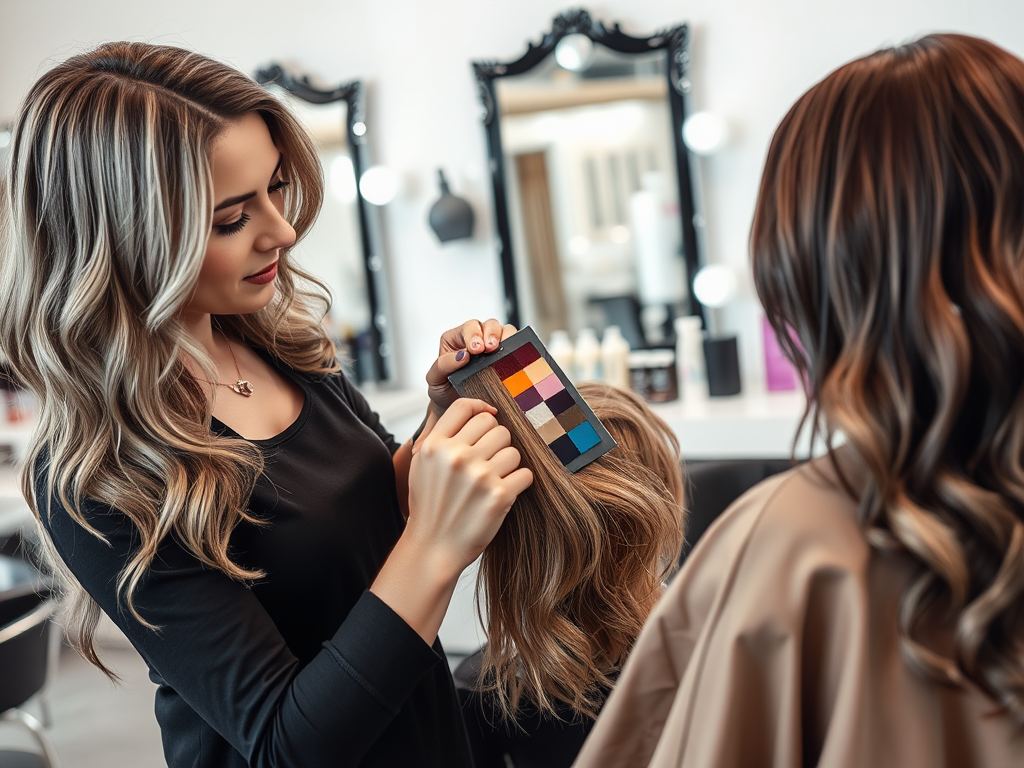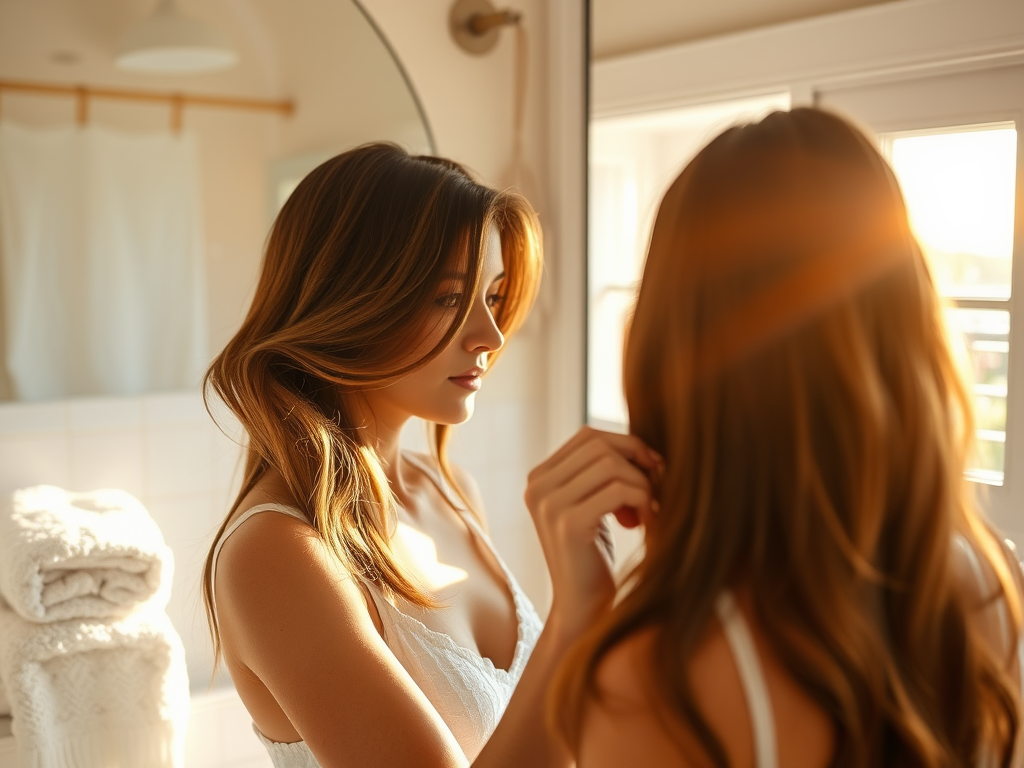In the colorful world of hair dyeing, achieving vibrant, stunning results begins well before the first stroke of color touches your hair. Many people embark on this journey without considering the underlying health of their hair, leading to unsatisfactory results and potential damage. To truly transform your locks into a work of art, it’s vital to assess your hair’s readiness for dye. This guide delves into the essential factors that dictate whether your hair can handle the application of color, allowing you to proceed confidently. Not only will understanding these factors save you from disastrous mistakes, but it will also help in maintaining the integrity and health of your hair throughout the process. Join us as we explore the signs of healthy hair, the importance of preparation, and how to choose the right dye for your specific hair type.
Understanding Your Hair Type and Condition

To determine if your hair is ready for dye, it’s essential to thoroughly understand its type and condition. Hair comes in various textures and forms—fine, medium, thick, straight, wavy, or curly. Each of these categories has unique needs and may react differently to dye; thus, familiarizing yourself with your hair is the first step. A comprehensive analysis ensures that you can make informed choices and ultimately achieve the desired outcome. Equally important is assessing the current health of your hair. By doing so, you’ll be able to gauge whether or not it requires a bit of pampering before introducing a new color. This analysis serves as the foundation for all subsequent steps in your dyeing journey.
Signs That Your Hair Is Healthy

Before applying dye, you should ensure that your hair is in good health to avoid damage. Here are some distinct signs that indicate your hair is functioning beautifully:
- Shiny and Smooth Texture: Healthy hair has a natural shine and is smooth to the touch, indicating it is well-moisturized and cared for.
- Elasticity: If your hair stretches without breaking when pulled, it demonstrates that it maintains an optimal level of moisture and strength.
- Minimal Split Ends: Regular trims and trims with few split ends reveal that your hair is free from significant damage.
Signs That Your Hair May Not Be Ready for Dye
Recognizing the warning signs that your hair is not ready for dyeing can save you months of distress and damage. Consider the following characteristics that indicate your hair is in poor condition:
- Dryness and Brittleness: If your hair feels dry, rough, or snaps easily, it’s a strong indication that dyeing should be postponed until its moisture levels improve.
- Excessive Breakage: When your hair shows visible signs of breaking, coloring may exacerbate the issue and lead to further damage.
- Previous Chemical Damage: If you’ve recently undergone chemical treatments, such as perming or relaxing, giving your hair time to recover is crucial before introducing color.
Preparing Your Hair for Dye
Once you’ve assessed your hair’s condition and determined that it’s time to dye, the next step is preparation. If your hair exhibits any signs of distress, implementing these methods can make a significant difference:
- Deep Conditioning Treatments: Invest in a high-quality deep conditioner to boost moisture and nourish your strands before dyeing.
- Protein Treatments: Integrating protein treatments will strengthen your hair and improve its elasticity, providing a solid base for dye.
- Regular Trimming: Keeping your hair trimmed removes split ends, encouraging a healthier look and feel when the dye is applied.
| Preparation Method | Benefits |
|---|---|
| Deep Conditioning | Increases moisture and restores shine. |
| Protein Treatments | Strengthens hair fibers and prevents breakage. |
| Regular Trimming | Minimizes split ends and promotes healthy growth. |
Choosing the Right Dye for Your Hair Type
Understanding your individual hair type is crucial when selecting the appropriate dye. Each texture has specific characteristics that may influence your dye choice:
- Fine Hair: Opt for semipermanent or deposit-only dyes, as heavier formulas may weigh the hair down and lead to limpness.
- Thick Hair: For thicker locks, permanent dyes provide the strongest color results and longevity.
- Curly Hair: Seek out hydrating dyes that protect against moisture loss, as curly hair tends to be drier.
Conclusion
Determining if your hair is ready for dye involves a thorough assessment of its health and preparation levels. By recognizing the signs of healthy and damaged hair, and properly prepping it with appropriate treatments, you set the stage for beautiful, vibrant color that lasts. Investing time into understanding your hair type and condition can elevate your coloring experience significantly, leading to stellar results while maintaining hair health. When all factors align—healthy hair and the right dye choice—the outcome can be nothing short of breathtaking. Remember, taking those necessary steps ensures that your coloring adventure is enjoyable and successful.
Frequently Asked Questions
- How often should I dye my hair? It is advisable to wait at least 6-8 weeks between dyeing sessions to prevent severe damage.
- Can I dye damaged hair? It’s not recommended to dye severely damaged hair, but with proper treatments, you may improve its condition.
- What should I do if my hair feels dry after dyeing? Use a nourishing deep conditioner and consider a leave-in conditioner to restore moisture.
- Is it necessary to do a patch test before dyeing? Yes, always perform a patch test to check for allergies or sensitivities to the dye.
- How can I tell if the dye will suit my skin tone? Consider consulting with a professional colorist, or use online tools that allow you to preview colors on images of yourself.
